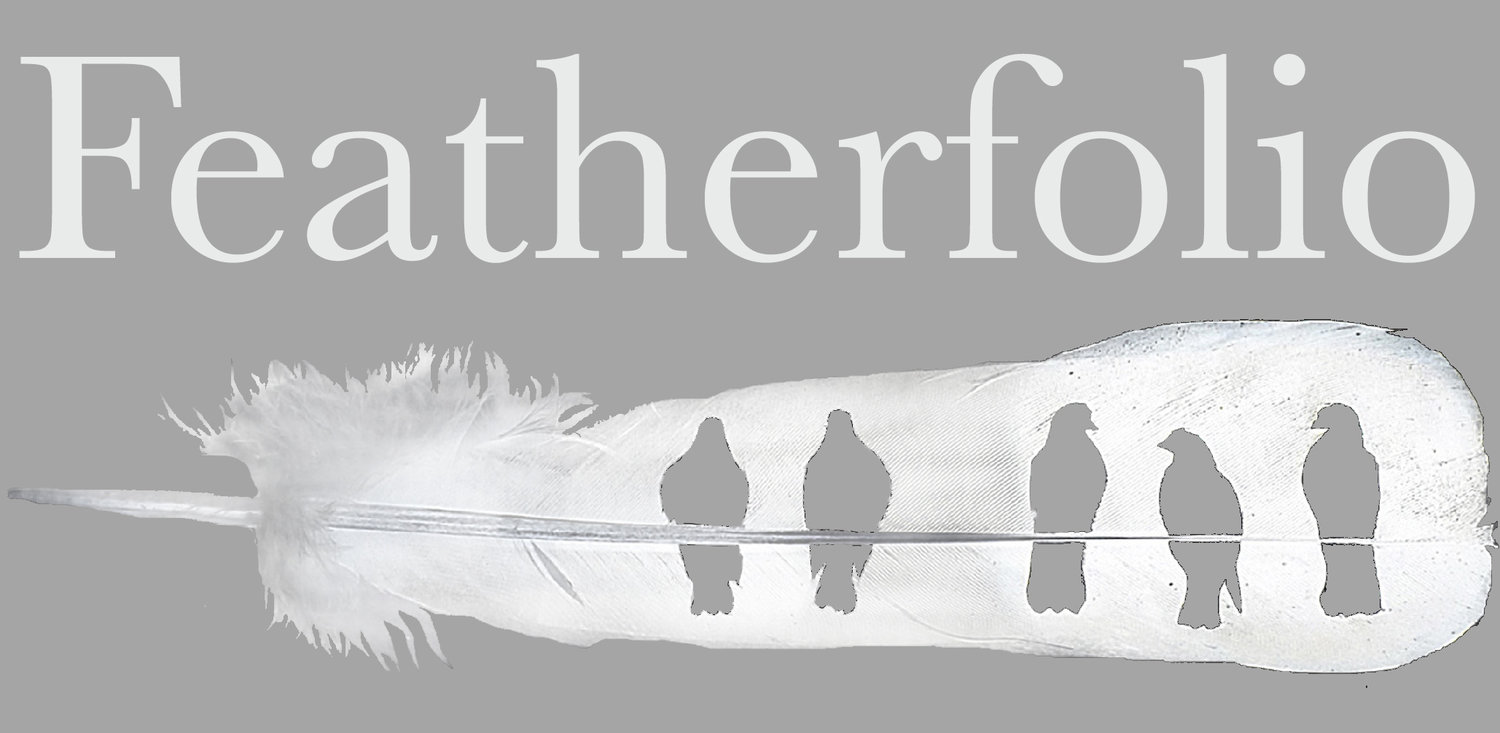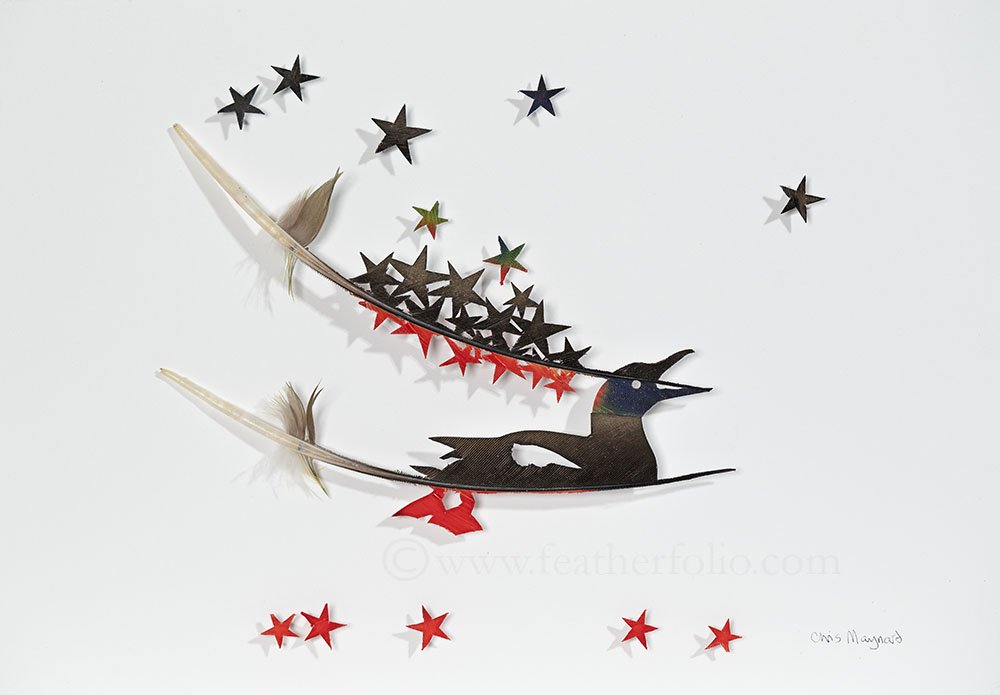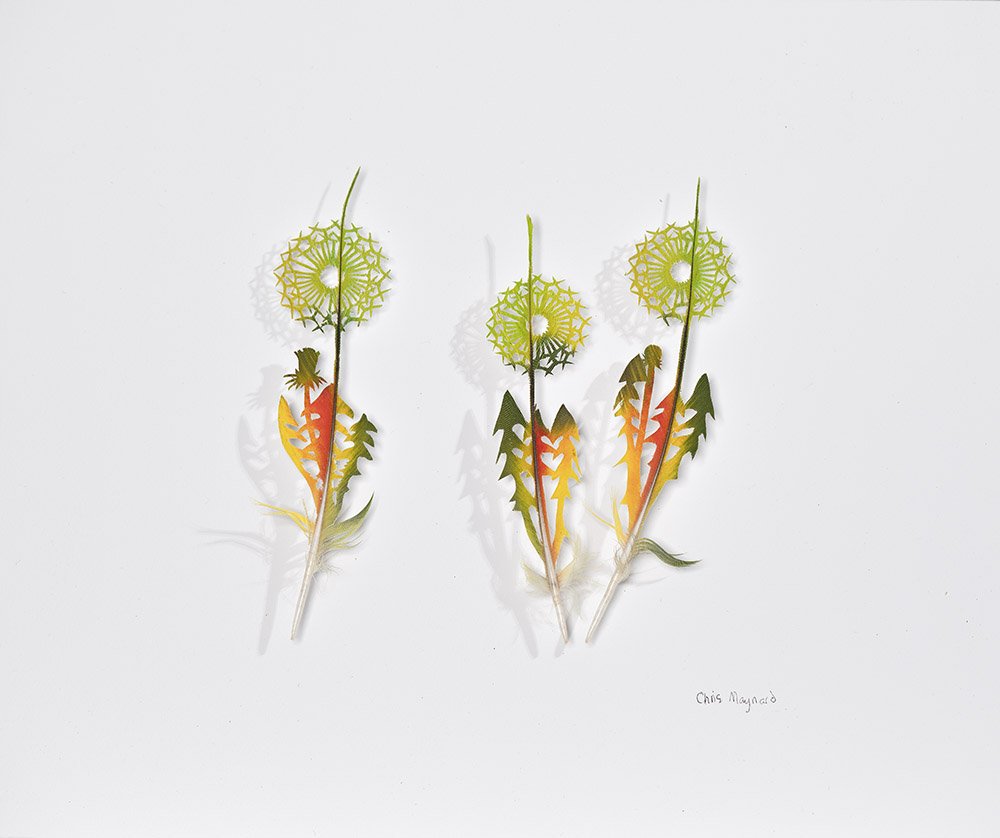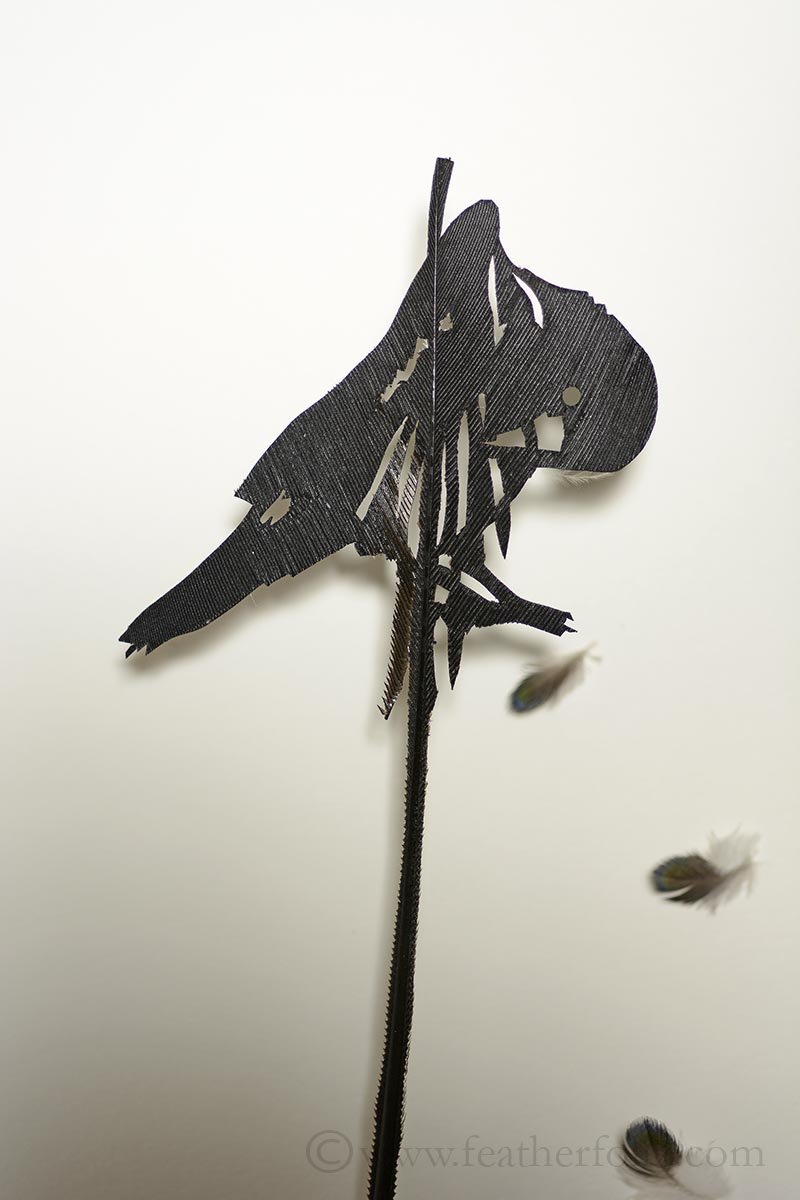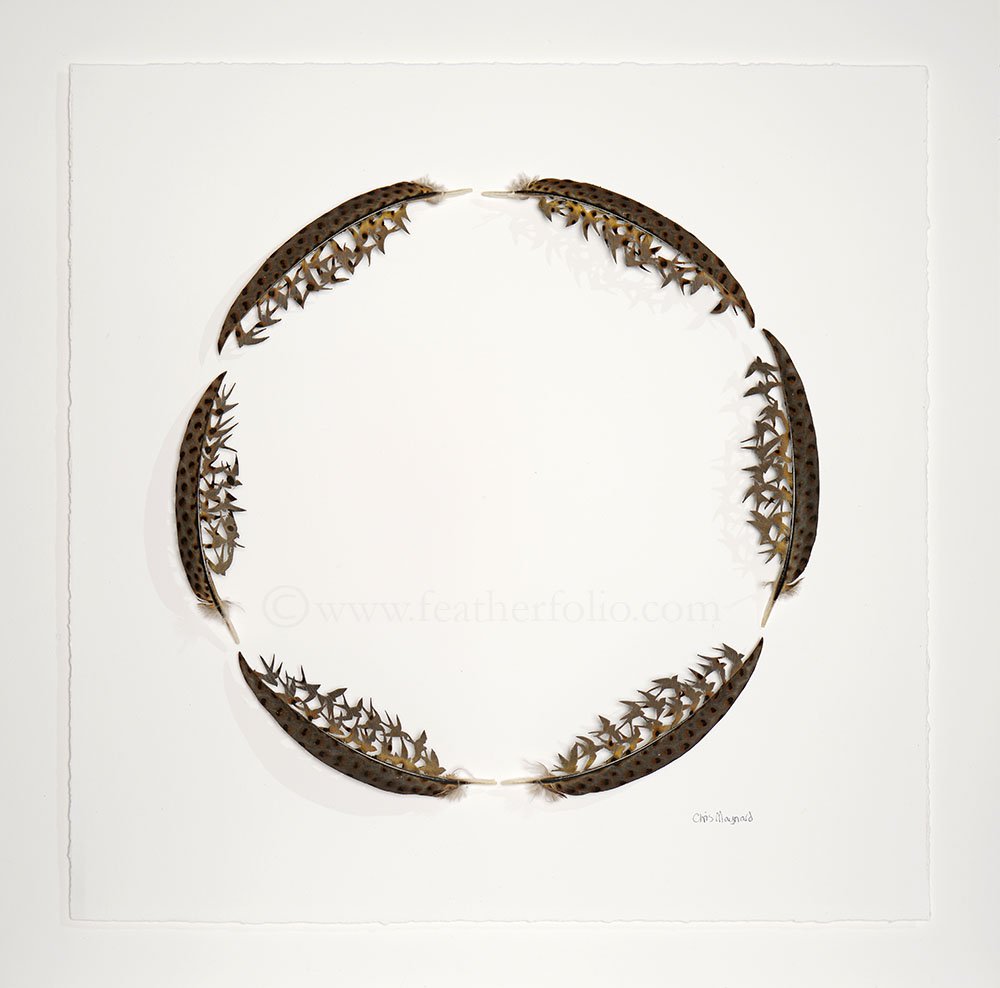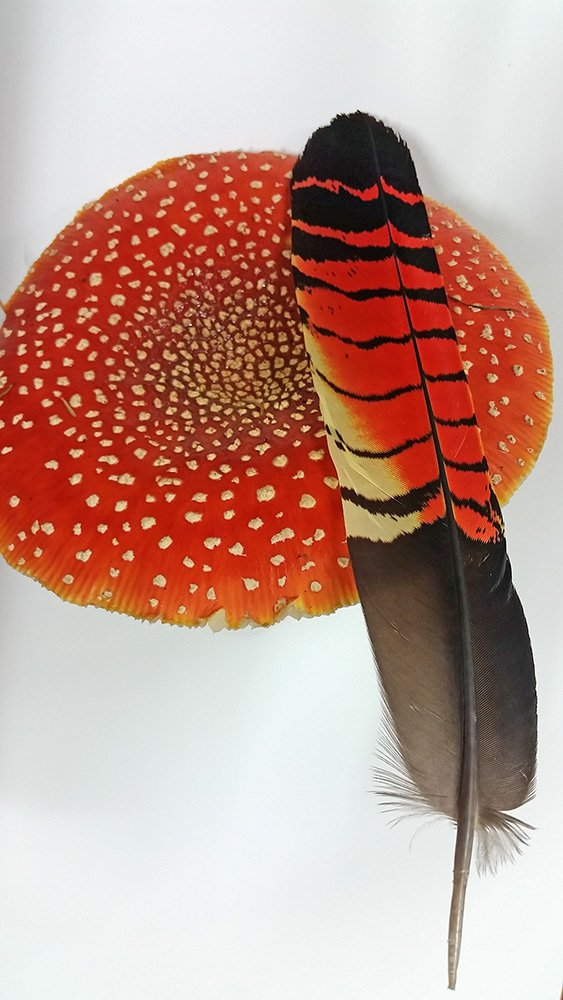Close Call study
I wanted to exaggerate these birds’ bright red feet because they are such a striking part of this black-feathered bird.
Like in life, art, and disputes, I find it useful to get different perspectives. It broadens my understanding. But it isn’t always as easy as the changes I made to the drawing of the Pigeon Guillemot. In this piece one sees from the perspective of the fish, the bird’s food. I usually think about this bird and how it goes about its life, wondering what it is like being this feathered creature. But what is life like for this bottom dwelling fish who may at any moment during the day, get snatched up to the surface, crushed in this bird’s beak? And then I wonder what my life would be like if I was stalked by creatures with a fondness for my flesh. I think for one, that I would be much more of aware of my physical surroundings, maybe watch less TV, and spend less time writing blogs.
